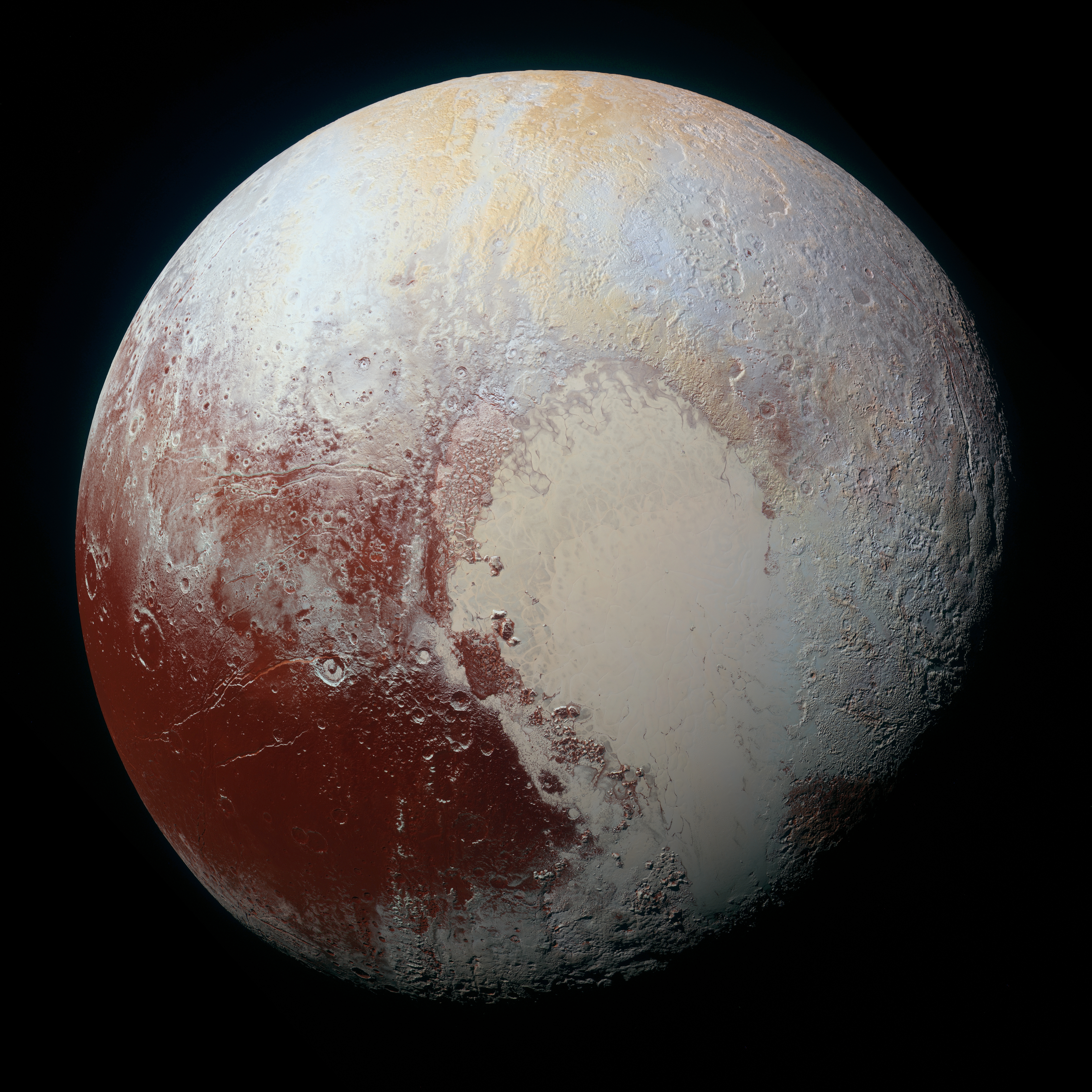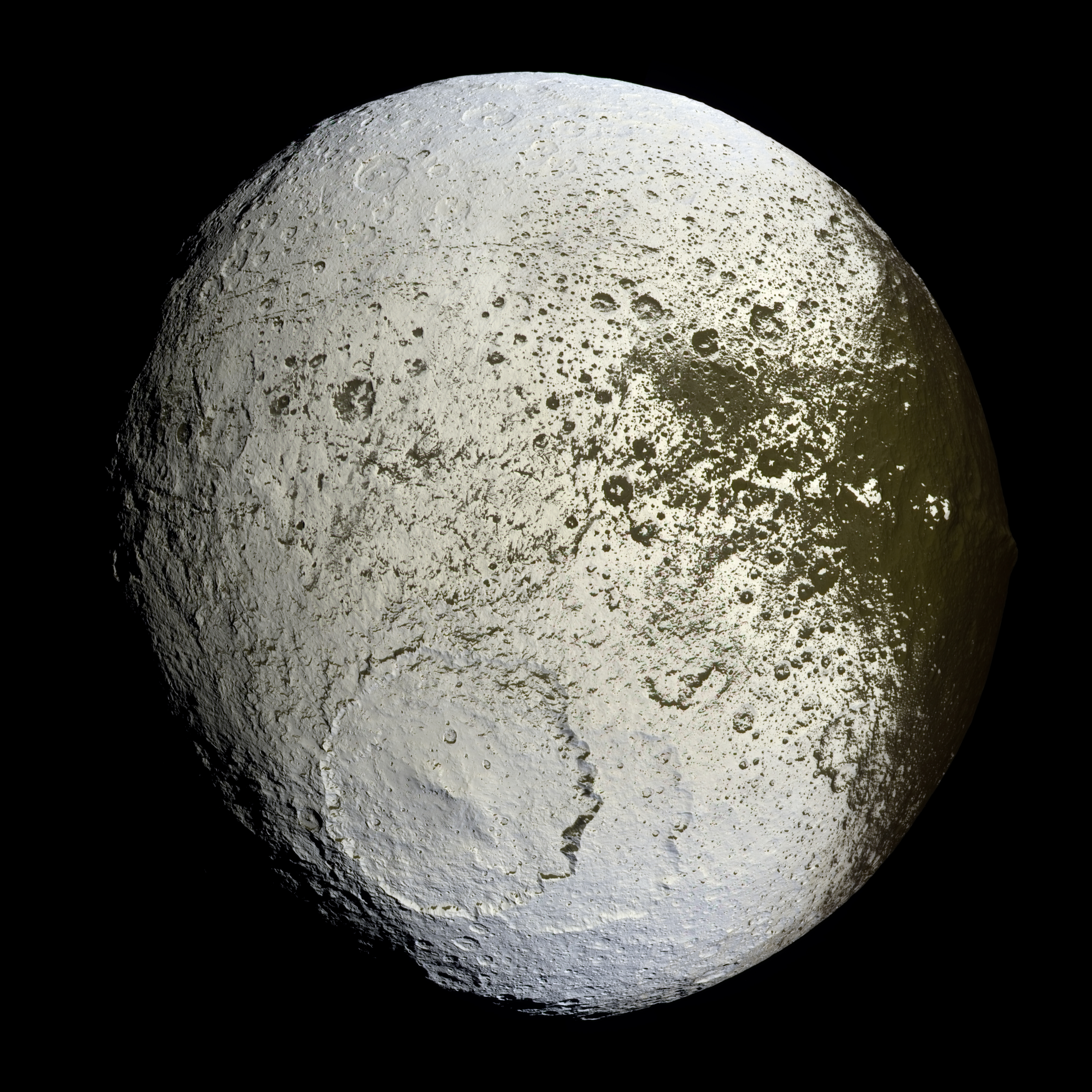|
Saragossa Terra
Saragossa Terra is the name given to the southern part of the highly reflective half of Saturn's moon Iapetus. It is bordered on the north by Roncevaux Terra, and on both the east and west sides by Cassini Regio. The largest named crater in Saragossa Terra is the 504-km-diameter Engelier. It partially obscures the slightly smaller crater Gerin. Both craters are named for paladins mentioned in The Song of Roland ''The Song of Roland'' (french: La Chanson de Roland) is an 11th-century '' chanson de geste'' based on the Frankish military leader Roland at the Battle of Roncevaux Pass in 778 AD, during the reign of the Carolingian king Charlemagne. It i .... References Surface features of Iapetus (moon) {{crater-stub ... [...More Info...] [...Related Items...] OR: [Wikipedia] [Google] [Baidu] |
Planetary Nomenclature
Planetary nomenclature, like terrestrial nomenclature, is a system of uniquely identifying features on the surface of a planet or natural satellite so that the features can be easily located, described, and discussed. Since the invention of the telescope, astronomers have given names to the surface features they have discerned, especially on the Moon and Mars. To found an authority on planetary nomenclature, the International Astronomical Union (IAU) was organized in 1919 to designate and standardize names for features on Solar System bodies. How names are approved by the IAU When images are first obtained of the surface of a planet or satellite, a theme for naming features is chosen and a few important features are named, usually by members of the appropriate IAU task group (a commonly accepted planet-naming group). Later, as higher resolution images and maps become available, additional features are named at the request of investigators mapping or describing specific surfaces, ... [...More Info...] [...Related Items...] OR: [Wikipedia] [Google] [Baidu] |
Iapetus (moon)
Iapetus () is a moon of Saturn. It is the 24th of Saturn’s 83 known moons. With an estimated diameter of 1,469 km, it is the third-largest moon of Saturn and the eleventh-largest in the Solar System. Named after the Titan Iapetus, the moon was discovered in 1671 by Giovanni Domenico Cassini. A relatively low-density body made up mostly of ice, Iapetus is home to several distinctive and unusual features, such as a striking difference in coloration between its leading hemisphere, which is dark, and its trailing hemisphere, which is bright, as well as a massive equatorial ridge running three-quarters of the way around the moon. History Discovery Iapetus was discovered by Giovanni Domenico Cassini, an Italian-born French astronomer, in October 1671. He had discovered it on the western side of Saturn and tried viewing it on the eastern side some months later, but was unsuccessful. This was also the case the following year, when he was again able to observe it on the western ... [...More Info...] [...Related Items...] OR: [Wikipedia] [Google] [Baidu] |
Zaragosa
Zaragoza, also known in English as Saragossa,''Encyclopædia Britannica'"Zaragoza (conventional Saragossa)" is the capital city of the Zaragoza Province and of the autonomous community of Aragon, Spain. It lies by the Ebro river and its tributaries, the Huerva and the Gállego, roughly in the center of both Aragon and the Ebro basin. On 1 January 2021 the population of the municipality of Zaragoza was 675,301, (the fifth most populated in Spain) on a land area of . The population of the metropolitan area was estimated in 2006 at 783,763 inhabitants. The municipality is home to more than 50 percent of the Aragonese population. The city lies at an elevation of about above sea level. Zaragoza hosted Expo 2008 in the summer of 2008, a world's fair on water and sustainable development. It was also a candidate for the European Capital of Culture in 2012. The city is famous for its folklore, local cuisine, and landmarks such as the Basílica del Pilar, La Seo Cathedral and the ... [...More Info...] [...Related Items...] OR: [Wikipedia] [Google] [Baidu] |
Saturn
Saturn is the sixth planet from the Sun and the second-largest in the Solar System, after Jupiter. It is a gas giant with an average radius of about nine and a half times that of Earth. It has only one-eighth the average density of Earth; however, with its larger volume, Saturn is over 95 times more massive. Saturn's interior is most likely composed of a core of iron–nickel and rock (silicon and oxygen compounds). Its core is surrounded by a deep layer of metallic hydrogen, an intermediate layer of liquid hydrogen and liquid helium, and finally, a gaseous outer layer. Saturn has a pale yellow hue due to ammonia crystals in its upper atmosphere. An electrical current within the metallic hydrogen layer is thought to give rise to Saturn's planetary magnetic field, which is weaker than Earth's, but which has a magnetic moment 580 times that of Earth due to Saturn's larger size. Saturn's magnetic field strength is around one-twentieth of Jupiter's. The outer atmosphere is g ... [...More Info...] [...Related Items...] OR: [Wikipedia] [Google] [Baidu] |
Moons Of Saturn
The moons of Saturn are numerous and diverse, ranging from tiny moonlets only tens of meters across to enormous Titan (moon), Titan, which is larger than the planet Mercury (planet), Mercury. Saturn has 83 natural satellite, moons with confirmed orbits that are not embedded in its Rings of Saturn, rings—of which only 13 have diameters greater than 50 kilometers—as well as dense rings that contain millions of embedded moonlets and innumerable smaller ring particles. Seven Saturnian moons are large enough to have collapsed into a relaxed, ellipsoidal shape, though only one or two of those, Titan and possibly Rhea (moon), Rhea, are currently in hydrostatic equilibrium. Particularly notable among Saturn's moons are Titan, the second-List of natural satellites, largest moon in the Solar System (after Jupiter's Ganymede (moon), Ganymede), with a Atmosphere of Titan#Composition, nitrogen-rich Earth-like Atmosphere of Titan, atmosphere and a landscape featuring dry river networks and ... [...More Info...] [...Related Items...] OR: [Wikipedia] [Google] [Baidu] |
Roncevaux Terra
Roncevaux Terra is the name given to the northern part of the highly reflective side of Saturn's moon Iapetus. The southern half of this side is named '' Saragossa Terra''. The other half of Iapetus, named Cassini Regio, is extremely dark. It is believed that Roncevaux Terra's colour is the underlying colour of Iapetus, while Cassini Regio was formed either by a substance that has covered up the brighter ice of the rest of the moon, or by a residue left from the sublimation of Roncevaux-type water ice. Roncevaux Terra is named after the Battle of Roncevaux Pass, subject of the French epic poem the ''Chanson de Roland ''The Song of Roland'' (french: La Chanson de Roland) is an 11th-century ''chanson de geste'' based on the Frankish military leader Roland at the Battle of Roncevaux Pass in 778 AD, during the reign of the Carolingian king Charlemagne. It is ...'', after whose characters the surface features of Iapetus are named. Notes References External links * Map of ... [...More Info...] [...Related Items...] OR: [Wikipedia] [Google] [Baidu] |
Cassini Regio
Cassini Regio (adjective ''Cassinian'' ) is the enigmatic dark area that covers the leading half of Saturn's moon Iapetus. It is named after Giovanni Cassini, the discoverer of Iapetus; ' Regio' is a term used in planetary geology for a large area that is strongly differentiated in colour or albedo from its surroundings. The brighter half of Iapetus is composed of the Roncevaux Terra and the Saragossa Terra. The nature of the material that caused the extensive discoloration of Cassini Regio is not known, but it appears to be quite thin. It may be the result of cryovolcanism, a spattering of material from outer moons, or residue left by the sublimation of brighter ice. In December 2004 an image taken by the NASA ''Cassini'' probe revealed that a long ridge of high mountains runs down the centre of Cassini Regio, almost perfectly following Iapetus's equator. The origin of this extremely unusual feature is as yet unknown. ''Cassini'' completed a flyby of Iapetus in September ... [...More Info...] [...Related Items...] OR: [Wikipedia] [Google] [Baidu] |
United States Geological Survey
The United States Geological Survey (USGS), formerly simply known as the Geological Survey, is a scientific agency of the United States government. The scientists of the USGS study the landscape of the United States, its natural resources, and the natural hazards that threaten it. The organization's work spans the disciplines of biology, geography, geology, and hydrology. The USGS is a fact-finding research organization with no regulatory responsibility. The agency was founded on March 3, 1879. The USGS is a bureau of the United States Department of the Interior; it is that department's sole scientific agency. The USGS employs approximately 8,670 people and is headquartered in Reston, Virginia. The USGS also has major offices near Lakewood, Colorado, at the Denver Federal Center, and Menlo Park, California. The current motto of the USGS, in use since August 1997, is "science for a changing world". The agency's previous slogan, adopted on the occasion of its hundredt ... [...More Info...] [...Related Items...] OR: [Wikipedia] [Google] [Baidu] |
Engelier
Engelier is a 310-mile (500-kilometers) large crater on Saturn's moon Iapetus in Saragossa Terra. It partially obscures the slightly smaller crater Gerin. See also *List of geological features on Iapetus Most Iapetian geological features are named after characters and locations in the Old French epic poem ''The Song of Roland'', specifically the English translation by Dorothy L. Sayers. [...More Info...] [...Related Items...] OR: [Wikipedia] [Google] [Baidu] |
Paladin
The Paladins, also called the Twelve Peers, are twelve legendary knights, the foremost members of Charlemagne's court in the 8th century. They first appear in the medieval (12th century) ''chanson de geste'' cycle of the Matter of France, where they play a similar role to the Knights of the Round Table in Arthurian romance."Paladin" From the ''''. Retrieved November 23, 2008. In these romantic portrayals, the |
The Song Of Roland
''The Song of Roland'' (french: La Chanson de Roland) is an 11th-century ''chanson de geste'' based on the Frankish military leader Roland at the Battle of Roncevaux Pass in 778 AD, during the reign of the Carolingian king Charlemagne. It is the oldest surviving major work of French literature. It exists in various manuscript versions, which testify to its enormous and enduring popularity in Medieval and Renaissance literature from the 12th to 16th centuries. The epic poem written in Vulgar Latin is the first and one of the most outstanding examples of the ''chanson de geste'', a literary form that flourished between the 11th and 16th centuries in Medieval Europe and celebrated legendary deeds. The date of composition is put in the period between 1040 AD and 1115 AD; an early version began around 1040 AD with additions and alterations made up until about 1115 AD. The final text contains about 4,000 lines of poetry. Manuscripts and dating Although set in the Carolingian era, ... [...More Info...] [...Related Items...] OR: [Wikipedia] [Google] [Baidu] |

.jpg)





